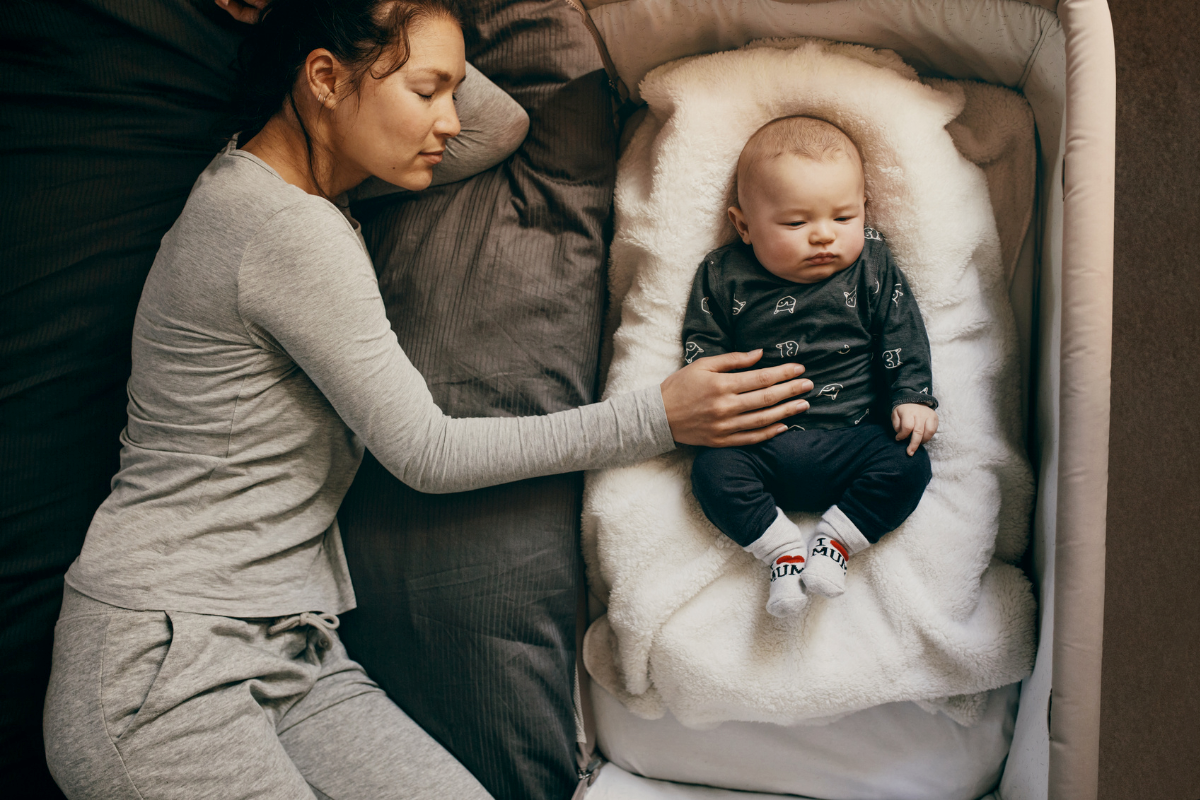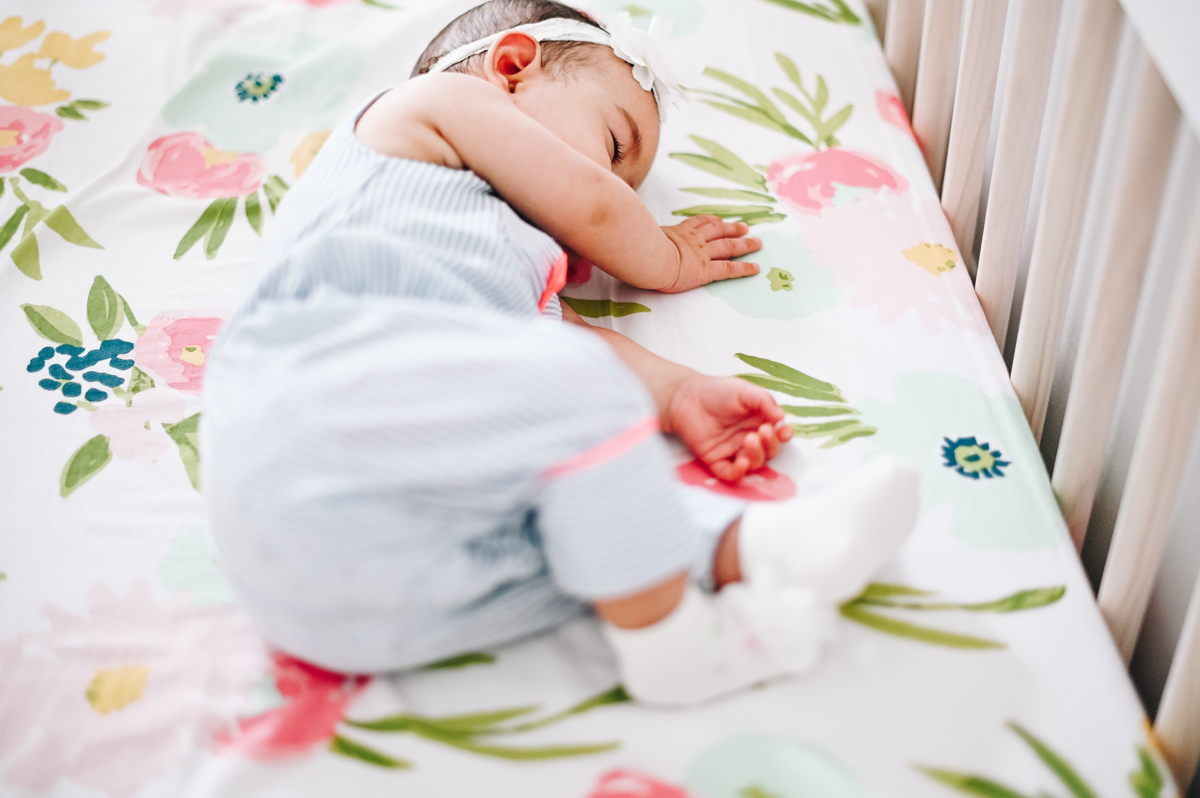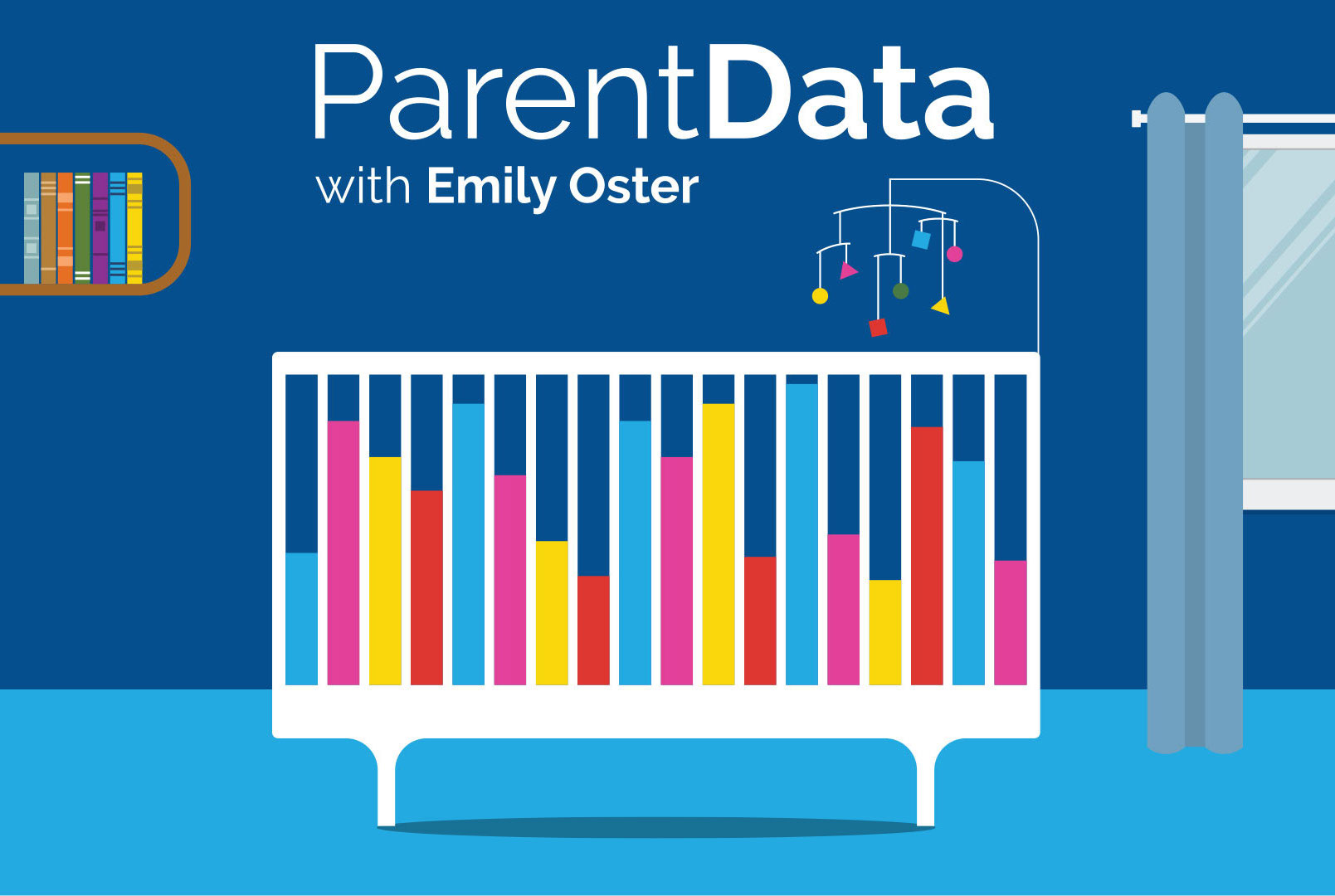My children are too old to nap. It turns out, though, that I am not. I do not nap every day, but occasionally at work I take a 10-to-15-minute nap after lunch. Sometimes I wake up feeling great; sometimes I wake up feeling worse than I did before. Mostly it seems helpful, which is why I try to do it often, even though I usually fail.
I am not alone. A Pew Research survey from 2009 reported that 34% of respondents said they had napped in the past 24 hours. This was highest (52%) among those over 80 years old but in the range of 30% for other age groups, and for most demographic groups. A 2001 paper reported napping in 74% of adult respondents! I am not even the most prolific napper in my own family (Jesse is better at it).

But is it a good idea? Lots of people are proponents of adult napping. You can unearth articles like “The case for adult naptime,” which discusses research on the cognitive value of naps. On the other hand, there are studies that suggest that people who nap more have more cardiovascular disease. That makes it seem like we’re choosing between cognitive performance and heart disease, which is a difficult choice.
What is challenging, of course, about evaluating the implication of naps is that the choice to nap is not random. For one thing, some groups of adults (shift workers in particular) are much more likely to nap. But these workers may be different in other ways, and shift work has its own health implications. For another, excessive napping may be a sign of illness — the study of cardiovascular disease in older adults may just be picking up on the fact that adults with more health issues nap more.
To evaluate the value of napping, we really need to use randomized data. Fortunately, there is a lot of it. This article has an excellent, long-form review summary. With this and related literature, we can start answering some of our burning nap questions…
Does napping improve cognitive functioning?
Yes. There is substantial evidence that even short naps improve attention and cognitive performance.
Here is one example: The authors brought 33 people into the lab at 11:30 a.m. The participants were given some cognitive tasks (memory tasks) at 12:15 p.m., and then at 1:00 they either stayed awake or napped. The nap period was an hour. At 4 p.m. the researchers tested them again. They found that memory task performance was better for the nappers than the non-nappers.
Other studies focus on students, or old people. A study of sleep-deprived students evaluated a short (15-minute) nap post-lunch and found it improved their cognitive performance and lowered their subjective sleepiness.
This type of lab study is very common, and the results are very consistent. Notably, napping seems beneficial both for people who sleep enough and those who do not. So you might benefit from napping even if you are not sleep-deprived (although with this audience of mostly parents, who am I kidding?).
Is there an optimal nap length?
All naps can be good. However, there is some nuance to their benefits. A longer nap (like two hours) has longer benefits but takes more time to shake off the drowsy feeling after.
Combining insights from a number of studies, this paper provided this helpful graphic, dividing up naps into brief (say, 10 minutes), short (30 minutes), or long (like two hours).
This is not intended to be a tremendously precise graph, but it gives you a general sense. You can get a bit of a burst from a 15-minute nap, but it will fade out faster. The very long nap has a longer tail.
When should I take my nap?
Our sleep/awake feelings are dictated in part by circadian rhythms. Generally, our sleepiest times are very early morning (3 to 6 a.m. or so) and mid-afternoon. Outside of people who work at night, most people are sleeping in the early morning already, so the mid-afternoon period is the ideal napping time.
One study of university students compared a 20-minute nap at noon with a 20-minute nap at 2 p.m. and found that the 2 p.m. nap was better for performance than the noon nap. So if you’re looking to optimize your brief nap: 2 p.m.
The merits of “coffee naps”
In the 1990s, a team of researchers studying how to address sleepy driving (which is very dangerous) showed that both coffee and a 15-minute nap were effective at reducing driving impairments. In a 1997 paper, they considered combining them. The authors recruited 12 graduate students and subjected them to the following treatment.
First, a 30-minute boring drive in a driving simulator. Second, a break. During the break, they either (1) had caffeinated coffee, then napped for 15 minutes immediately, (2) had caffeinated coffee and no nap, or (3) had decaf coffee and then napped. Third, a boring two-hour drive in the simulator.
The authors found that the caffeinated coffee plus a nap performed considerably better than either the caffeinated coffee alone or the nap plus decaf coffee — there were fewer incidents in their driving and lower reported sleepiness.
So that’s the coffee nap. You drink your coffee and then, while you wait for it to kick in (about 30 minutes), you take a short nap. When you wake up, you’ve got the caffeine hit, and the nap keeps you going longer. Conclusion: the coffee nap is good.
Do naps negatively impact your productivity?
This procedure is designed to improve your mental sharpness for the rest of the day. Presumably, this is so you can be more productive. (There are other reasons to nap, like it makes you happier and less sleepy and less likely to yell at your kids. But let’s focus for the moment on the productivity piece.)
There is an issue, though. You aren’t productive during your nap. Let’s say you nap for 30 minutes. That’s lost time! You’ve got to be significantly more productive during your other time to make up for it. Do people do that?
It’s not an easy question to answer with the kind of lab studies that dominate this literature. Their measures of cognitive functioning are not very naturalistic — memory tasks correlate with work productivity, but not necessarily in a direct way.
However, we have a bit of evidence on this from a paper by a set of economists (yes, I am not the only economist interested in napping — in fact, I started napping when one of the authors of this paper, Gautam Rao, told me I should). In a 2021 paper, Gautam and his co-authors ran an experiment in Chennai, India, in which they tried to improve sleep among the urban poor. The authors have a number of interventions, including one to try to improve nighttime sleep and, notably, one in which they encourage napping.
They run the experiment inside a company whose employees are doing a measurable data-entry task. This allows them to very directly measure productivity — as in, literally the number of accurate entries done.
What they find, focusing on the napping results, is that napping improved overall feelings of well-being. But it actually decreased earnings, due to the lost time. Napping was better for earnings than taking a non-nap break during that period (reflecting higher productivity when not napping), but it was worse than working through the nap (due to lost time).
This may slightly complicate our nap planning, depending on the applicability to what you are doing. It’s lost time, but gained output per moment.
The bottom line
- Naps improve cognitive functioning and overall feelings of well-being. However, they do cut into your productivity, which requires you to be planful about your naps.
- The optimal napping setup is: drink a coffee at 2 p.m. and set your alarm for 15 minutes. Oh, and consider a nap mat while you’re at it. They’re not just for preschoolers anymore.
















Log in
A 2pm coffee nap might make the rest of my day more enjoyable, but it would definitely keep me awake all night!
Yes, I’m interested too in the question of whether daytime naps affect nighttime sleep. I have read at least one expert on sleep who argues that naps that decrease nighttime sleep are definitely not good because naps are not equivalent to nighttime REM sleep. (This also might be one place where kids and adults are different?)
Am I the only one who just can’t nap? The only times in my adult life I’ve been able to fall asleep outside my normal nighttime sleep hours is when I’ve been sick or pregnant. I couldn’t sleep even with a newborn unless it was at night. I’m jealous of all you nappers.
Hi Emily – I’m curious though how daytime naps affect nighttime sleep. My husband and I are convinced that our parents’ naps disturb their night sleep (later bedtime, waking up frequently).